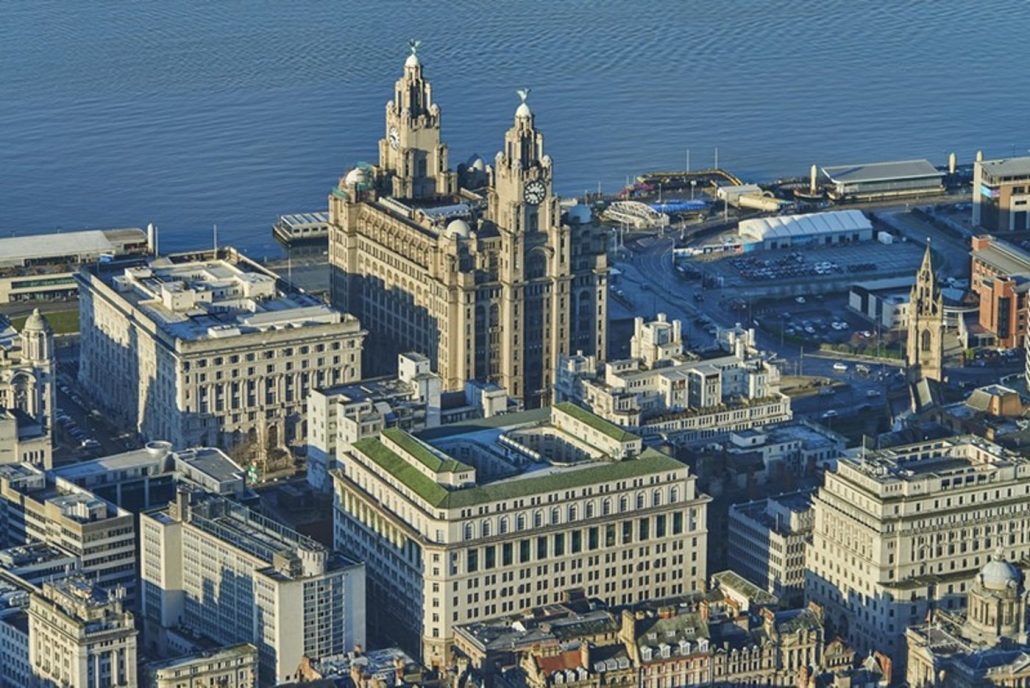
When the United States put a naval blockade in place around Cuba, tensions mounted, and the world wondered if there could be a peaceful resolution to the crisis. In a televised address on October 22, 1962, President Kennedy informed the American people of the presence of missile sties in Cuba. With the October 14 photographs, the United States caught the Soviet Union building offensive nuclear missile bases in its backyard, and the two superpowers were now joined in the first direct nuclear confrontation in history. cities and killing tens of millions of Americans within minutes. These photographs provided positive proof of what the United States had for months suspected: that the Soviet Union was installing medium-range nuclear weapons in Cuba, capable of striking major U.S. But Sunday morning, October 14, was cloudless, and the U-2 flight took photographs that, over the next few days, were analyzed and reanalyzed. On September 13, Kennedy warned Soviet Premier Khrushchev: "If at any time the Communist build-up in Cuba were to endanger or interfere with our security in any way.or if Cuba should ever.become an offensive military base of significant capacity for the Soviet Union, then this country will do whatever must be done to protect its own security and that of its allies." Despite Kennedy's warnings, the Soviets continued to construct the bases, and the United States continued to monitor their activities and take pictures.īad weather in the Caribbean the week of October 7, 1962, prevented American U-2 surveillance planes from making more reconnaissance flights over Fidel Castro's Cuba. ships and planes began photographing every Cuba-bound Soviet vessel, and U-2 spy planes began regular reconnaissance flights over the island, just 90 miles off the coast of Florida.

Throughout 1962, in the midst of the Cold War, the movement of Soviet personnel and equipment to Cuba had aroused suspicions in the American intelligence community.


 0 kommentar(er)
0 kommentar(er)
